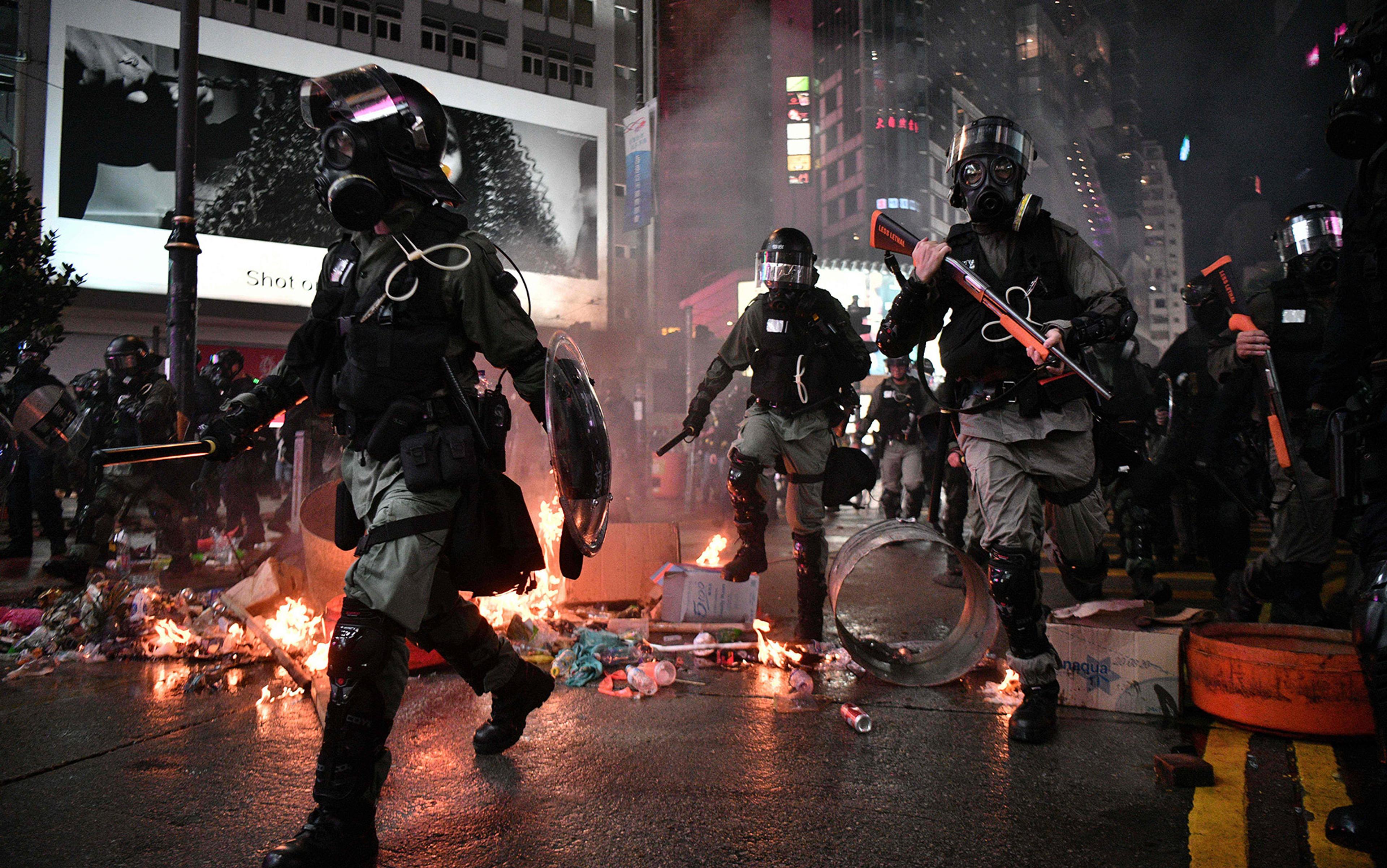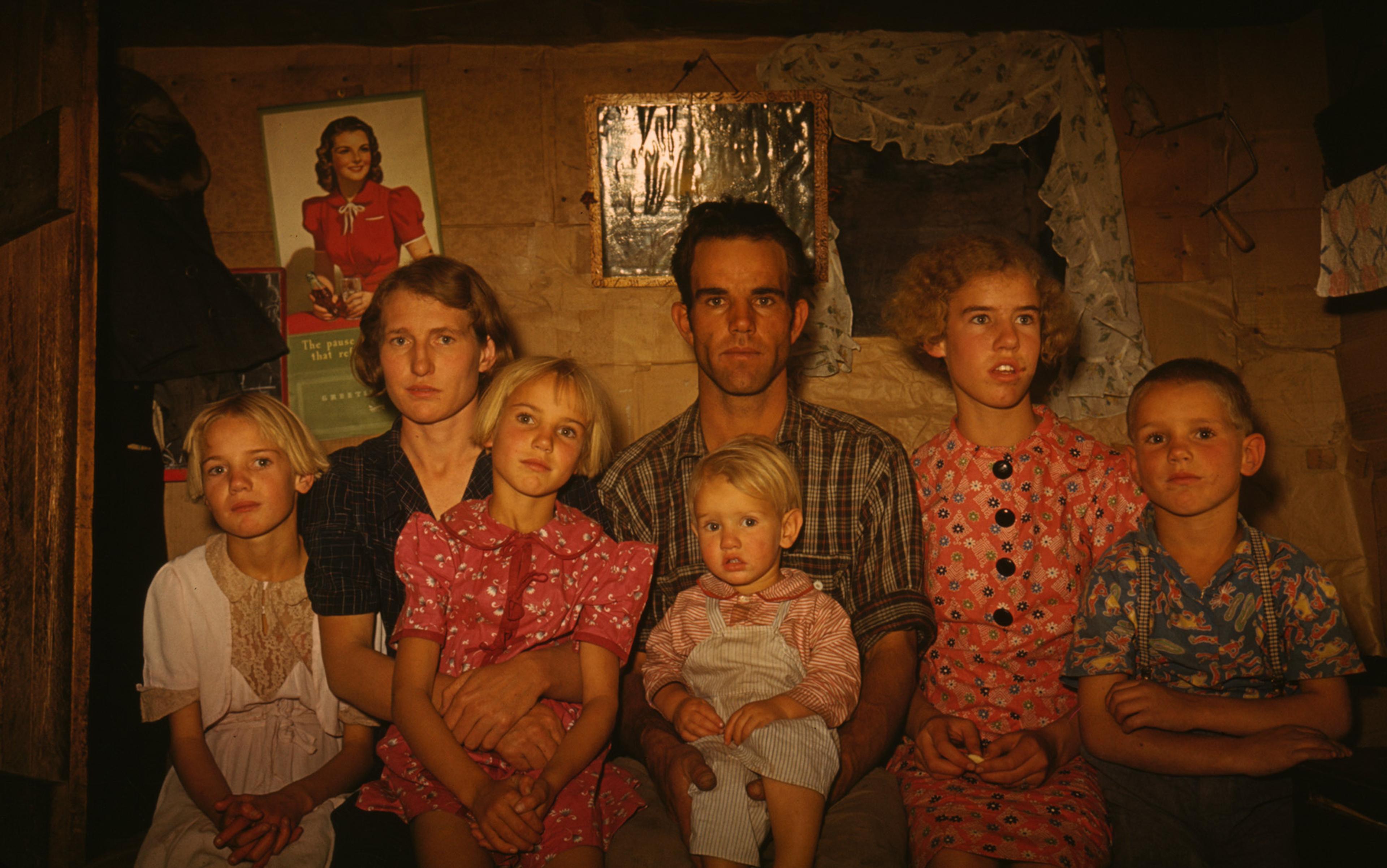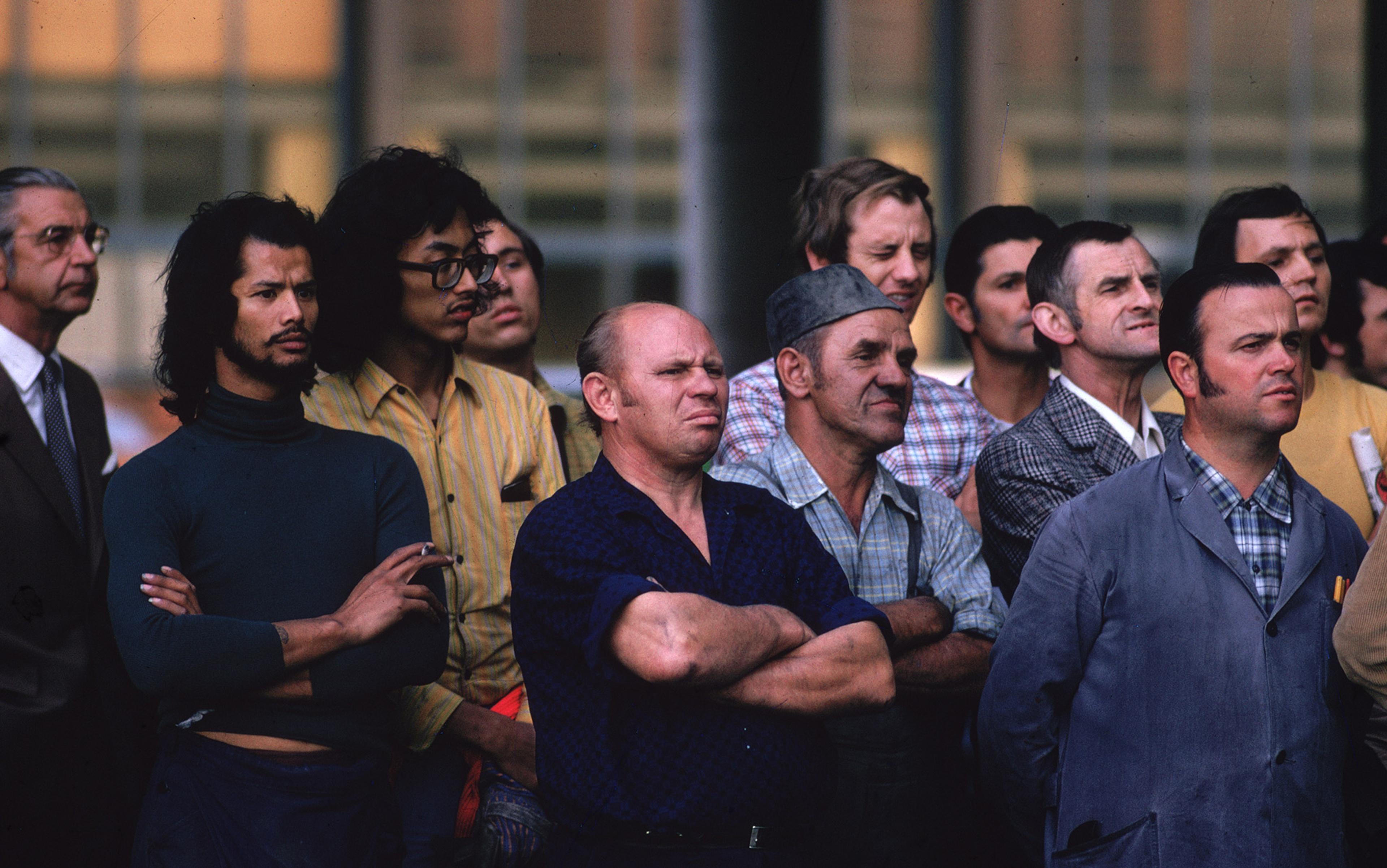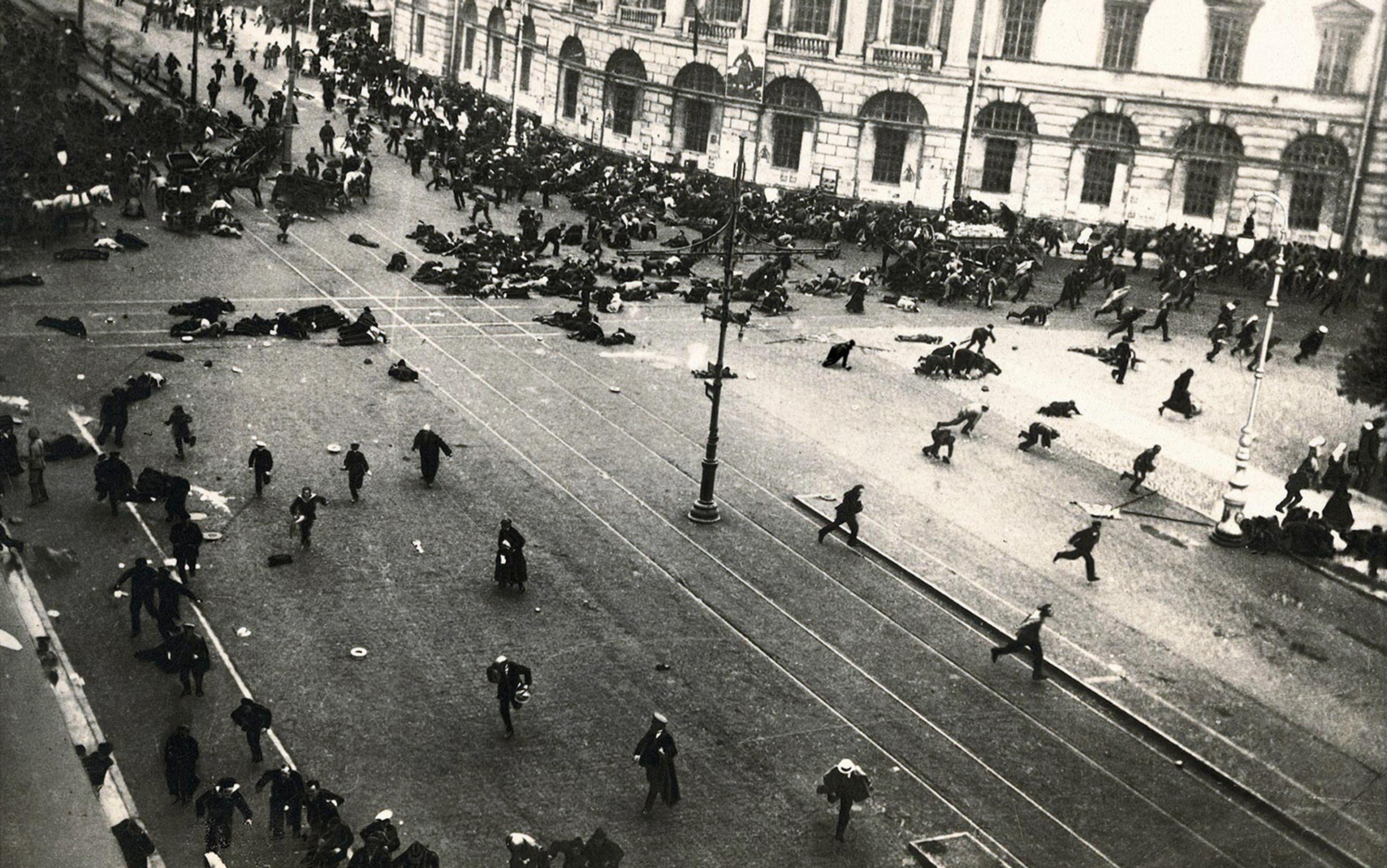Thailand’s prime minister Prayuth Chan-ocha aired a dire warning to the thousands of protesters who thronged the streets of Bangkok for days in the summer of 2020 demanding his resignation. Prayuth accused the demonstrators of bringing Thailand to the brink of collapse. ‘If that happens, just wait, everybody will be on fiery land, engulfed in flames,’ he said.
Prayuth and other political leaders eyeing masses of protesters often see forces of destruction lurking in even peaceful demonstrations. In the United States, the president Donald Trump recently levelled thinly veiled threats to would-be violent agitators as demonstrations over racial injustice unfolded. In public remarks, Trump cast the US as under threat from anarchists and looters bent on destroying the political system. Such rhetoric is standard for strongmen confronted with political anger rising around them as they point to enemies real and imagined, and charge them with sowing chaos. Politics are bloodier than ever all across the world, in a measurable way.
Political violence is alive in almost every society at any given moment. It takes many forms but follows some basic principles and patterns. At its most fundamental level, it involves individuals and small groups attacking people and property in the name of a cause. Spray painting anti-government graffiti on public buildings, a common occurrence in many places, is a form of political violence, even if bloodless and relatively benign. Setting fire to a government facility is more serious – and potentially murderous if people happen to be inside. Throwing bombs, forming mobs for rampage and other acts of aggression are an extension of this behaviour, which happens alongside peaceful political activity in many countries. Usually, governments are the targets of political violence, but civilians can be victims too, especially when state security forces and their allies in civil society abandon restraint against activists. We can get a sense of the level of political violence in any given place by simply counting these types of incidents. Some clear trends come into view when considering statistics across many countries.
The rise in political violence, around the world, over the past decade, is clear. The shift is visible, for example, in an annual tally of the aggregate number of riots across the globe. In 2010, an estimated 2,226 riots erupted worldwide. That number was more than double just in the first half of 2020, passing the 5,000 mark by the end of June. Bombings have increased at an even higher rate, climbing from 1,551 in 2010 to well over 20,000 on average annually in the past three years. The geography of political violence is widening too, with more countries seeing significant unrest within their borders on a more frequent basis.
Thailand’s protesters have ignored the warning from Prayuth, a former general whom critics see as a corrupt military enforcer for an increasingly disliked monarchy. Demonstrations have continued, despite crackdowns against dissidents and a ban on public gatherings. So far, the protests have been mostly peaceful, with only a handful of riots arising amid demonstrations. However, Thai authorities have taken to forcefully dispersing crowds with water cannons. So, as protesters in Hong Kong first did in 2014, demonstrators are now wielding umbrellas when they face off with authorities. Similar clashes have erupted in South Korea, Taiwan, Bulgaria, Belarus and Brazil, to name but a few countries caught in the wave.
Think of the world’s countries arranged in a pyramidal flowchart, with the richest and most developed nations at the peak and the poorest and least developed countries forming the base. For a long time, political violence tended to be mainly a feature of underdeveloped countries whose governments often lacked the capacity to effectively mediate tensions within their societies and fend off challenges from violent oppositionists. Perennial warzones such as Afghanistan, Somalia, Sudan and the Democratic Republic of Congo stood as prime examples. Impoverishment and political violence seemingly went hand in hand for such nations, exacerbated at times by other factors, such as burgeoning ethnonationalism, interventionism by outside powers, environmental stress or other issues. More developed countries seemed to be reasonably safe from persistent political violence, mainly because their governments had more robust capabilities. The further up the chart you went, the less political violence you generally found. Not so much anymore.
Researchers at the Armed Conflict Location and Event Data Project (ACLED) have catalogued and analysed nearly 1 million incidents of protests and political violence across more than 100 countries. Their findings show that, over the past decade, political violence has affected the lives of more than half the world’s population, not just those living in nations at the base of the flowchart. Moreover, the biggest increases in political violence have come in Brazil, Russia, Mexico and Turkey, places long thought to be less susceptible to such unrest given their positions on the pyramid.
Historically, in a typical scenario, a government intentionally or unintentionally marginalises a faction of society. The marginalised faction poses demands and takes actions in the form of protests, acts of violence or both. Governments reluctant or unwilling to address demands through nonviolent political processes launch violence against dissenters, attacking demonstrations and jailing activists. This then hardens the opposition, especially in counties where government capacity is low and security forces cannot fully break oppositionist political networks. In this way, cycles of political violence arise and persist. That standard model for unrest places the onus of responsibility mainly with sitting governments. They drive the violence, and they hold the keys to stopping it, either by destruction of the opposition or concessions to it. The basic model for political contention can be seen at work today in countries such as Turkey, the Philippines, India and elsewhere. Meanwhile, militias and cartels, and other armed groups able to sustain themselves with various legal and illegal economic activities, add to the chaos, especially when governments inclined toward repression partner with them.
However, these types of rolling political confrontations don’t fully explain large increases in the number of demonstrations worldwide and higher rates of riots. Disenfranchised minority groups generate only so much contention, especially in more developed countries where the government has experience in dealing with familiar sources of unrest. All over the world, masses of newly active protestors are taking to the streets voicing anger on issues ranging from endemic corruption to school fees. ACLED estimates that 5,552 protests arose worldwide in 2010. The following years brought a steady increase with a dramatic spike in 2019, which saw 82,567 demonstrations of various kinds all over the planet. The increase in political violence is best seen as a kind of outgrowth of greater political engagement by people around the world generally. The rise in protests, most of them perfectly peaceful, correlates with the rise in bombings and riots over the past decade. In other words, there is a lot more political activity around the world in all countries, and thus more political violence, which often emerges at the edges of movements.
Ironically, widening economic prosperity is both a prime cause of expanding political activism and a reason for rising political violence. Democratisation theorists have argued that economic development stirs political engagement and social mobilisation, an assertion made more convincing by findings from the World Values Survey (WVS). For decades, the architects of this survey have circulated questionnaires in nearly 100 societies querying people on a range of issues intended to reveal what they believe and, crucially, what they want out of life. When people the world over move out of poverty, they tend to turn their gaze from everyday survival to matters of self-expression that often involve political ideas. This is especially true in societies that have moved through the early phases of industrialisation and continue to transition to what some call a knowledge society. The richer people get, the more demanding they become. And people are certainly getting richer. Measurements of economic growth globally abound. Better standards of living have given rise to more human longings, which often manifest themselves in collective demands to governments. Only about 42 per cent of people expressed confidence in their governments in the most recent wave of WVS polling, which covers the past three years. And roughly 36 per cent of people said they were unsatisfied with their political system.
People in the Middle East had more economic benefits than other regions of the world – but felt less happy
The problem is that political systems are more rigid than ever, especially in more developed countries, making them less responsive to reform, especially from constituencies outside conventional power structures. Protests, despite being forceful and numerous, tend to have little actual impact and have become almost normalised and thus easier to ignore. A feeling that change is unlikely in any case surely adds a sense of desperation, which tempts protestors to lash out violently. Desperation is all the more acute among the politically aggrieved as wealth gaps continue to widen around the world. Virtually every government bases its legitimacy on producing economic outcomes for its citizens, or at least a large subset of them. In democracies, political leaders campaign mainly on promises of bettering the economic lots of voters. In autocracies, especially more prosperous ones, governments distribute material wealth in ways they hope will stabilise their powerbase, either directly or through market mechanisms. This reality sits alongside the fact that, to many outside the very wealthy elite, better prospects increasingly seem dim.
The advent of the Arab Spring in 2011 presented an example of what is materialising among nations in the upper tiers of the pyramid. The speed and force of the movement caught many by surprise as streets across the Middle East filled with demonstrators. I remember being in Cairo in October 2010, having dinner not far from Tahrir Square with a group of foreign correspondents who had considerable experience covering the region. There was no talk of uprisings or overthrows at our table. Signs of such things were evidently not apparent to people whose job it was to scrutinise the society in which they lived to detect important trends and events. The idea of Egypt’s longtime president Hosni Mubarak being forced from power by masses in the streets in a matter of months would have seemed outlandish to anyone in our group that night as we ate and chatted overlooking the Nile River, oblivious to the coming events.
The events of the Arab Spring stunned even seasoned observers. Years later, the World Bank conducted a study in which it essentially revisited the mountains of data collected about the Middle East before the Arab Spring to see if there were signs, anywhere in the statistics, that could have offered a hint of what was coming. The short answer was no. By virtually all economic indicators, the Middle East seemed stable, ranking significantly higher than sub-Saharan Africa and much of Asia in important regards. Generally speaking, the region was then comparable to Latin America in terms of economic development.
But one set of figures within the World Bank study did suggest some seismic development was possible, perhaps even close, in 2010. Pollsters using a method pioneered by the 20th-century social researcher Hadley Cantril had surveyed the Middle East and North Africa asking people about their happiness. The Cantril Ladder, formally called the Cantril Self-Anchoring Striving Scale, is unique because it asks people to assess their state of happiness relative to what it could or ought to be. People participating in the survey are asked not simply to rate their happiness on a scale of 1 through 10. Rather, they’re asked to imagine a ladder with steps numbered 1 through 10. The top of the ladder represents the best possible life the person could hope to have, and the bottom stands as the lowest depth to fall. Surveyors ask people to place themselves on the ladder, and in this way respondents can express a more nuanced sense of life satisfaction anchored by their highest aspirations on the one end and their gravest fears on the other. Generally, people in the Middle East put themselves in the middle of the ladder. This average Cantril score for most countries surveyed in the Middle East ranked below the average for countries at similar stages of economic development elsewhere in the world. This means that people in the Middle East had more economic benefits than people in other regions of the world – but felt less happy, even so. Put another way, in many countries much poorer than a place like Tunisia before the Arab Spring, people felt they were living a life closer to what they deemed as the best possibility for themselves.
Meanwhile, people in the Middle East wanted more, much more, than they had. The fact that they could imagine a better life that was nonetheless out of reach revealed a yearning and a frustration that coincides with an overarching narrative alive in many countries of the region. It goes like this: the Middle East, home to some of the greatest ancient civilisations, sits atop vast amounts of perhaps the most valuable resource in the modern world – oil. Yet the countries of the region are poor and weak compared with the leading nations of our times. Nations of the Middle East should be atop the global order today, leading the world and defining modernity, much as the US and its allies have in recent decades. But it isn’t so. Why? The people of the Middle East often feel cheated, denied a prosperous life by corrupt governments installed by powerful outside powers.
Understanding the prevalence of such perceptions and the indicators of unhappiness makes the political violence of the Arab Spring seem more logical, both in its timing and intensity. A similar dynamic is forming on a global scale today as more people develop ideas about what they want for themselves amid relatively greater levels of prosperity. As in the Middle East, people worldwide desire more, much more, than they have, despite what they might have gained. In the riches that have flowed to a narrow slice of society in many countries, people see visions of what life could or should hold for them in a material sense. Huge wealth gaps at this point are permanent features for countries following the neoliberal economic order. Even countries such as Russia and China, defiant in many regards of Westernised globalisation, engage with the world economically according to the basic norms and rules of capitalism. For many around the world, reaching ‘the end of history’ is like being a vagrant and wandering into a cul-de-sac of mansions, with scant hope of ever experiencing the riches behind the locked gates.
Living amid radical inequality makes people unhappy, even if they themselves enjoy comforts. And, since 2012, a sense of inequality has increased significantly in most regions of the world. These are key findings from the 2020 World Happiness Report, a survey of happiness perceptions around the world using the Cantril Ladder to structure a range of questions. The survey makes clear, among other things, that people feel they live in a world where a great source of unhappiness is an unavoidable ill of their political and economic system. Moreover, there seems to be no alternative. The 21st century is a graveyard of political ideas. Fascism and totalitarianism are gone (thankfully). Communism is either dead or in China and Vietnam living in a form that would be unrecognisable to its earliest thinkers. Expansive socialism seems to be viable only in small, highly developed European countries. Post-neoliberalism, a Leftist movement that swept parts of Latin America in the early 2000s, has foundered. These days, neoliberalism faces no serious challenger as a framework for ordering political and economic life for virtually everyone. Demonstrators in the streets, there for whatever cause, can often realistically hope only for changes on the margins of the existing system. That bleak truth no doubt fuels anger.
Another important cause for rising political violence stems from how digital media has changed demonstrations. The widespread use of social media among activists has certainly increased the ranks of demonstrators; at the same time, protests organised and promoted online tend to generate larger but also more loosely knit networks. An activist for a given cause today will do most of her work via the internet, especially amid the global pandemic. That means less interaction in person and thus fewer social bonds. Before the widespread use of digital technology, activists tended to swell the ranks for their causes with meetings and events featuring speakers. Often a small bureaucracy formed the core of a movement, with committed activists extending their political networks through a social world that revolved around interpersonal connections. The necessary organisational practices made communities out of movements, and the resulting social bonds contributed to a sense of accountability. Activist connections generated and maintained in a digital realm tend to be weaker and more fragile. Think of it this way: you are an antiwar demonstrator in the US in 1968, and during a peaceful march you throw a brick through a storefront. If you escape arrest, you’ll likely have to explain yourself to someone who brought you to the event, or to people at the next meeting you attend. If you do the same thing for a cause today, you likely won’t feel obliged to justify your actions to the social media group where you heard about the demonstration.
Rich nations with strong governments can no longer rely on the assumption that regular political violence is a problem primarily for underdeveloped countries teetering on the edge of open conflict. Los Angeles rioted in 1992, but more than two decades of relative calm and prosperity followed in the US – until Ferguson, Missouri in 2014. The old thinking that left political violence mostly forgotten at the edges of the developed world would seem to explain that smooth stretch of years, even while other places experienced instability and bloodshed. Anyone still trusting in those assumptions might be tempted to see the recent unrest in the US in the same light. Protests veering into violence across the US would seem to be aberrations in the country’s politics, exceptions that prove the rule. But a holistic look at political violence around the world suggests that more such scenes are likely in store for the US and other nations at the top, leaving them oases no more.






